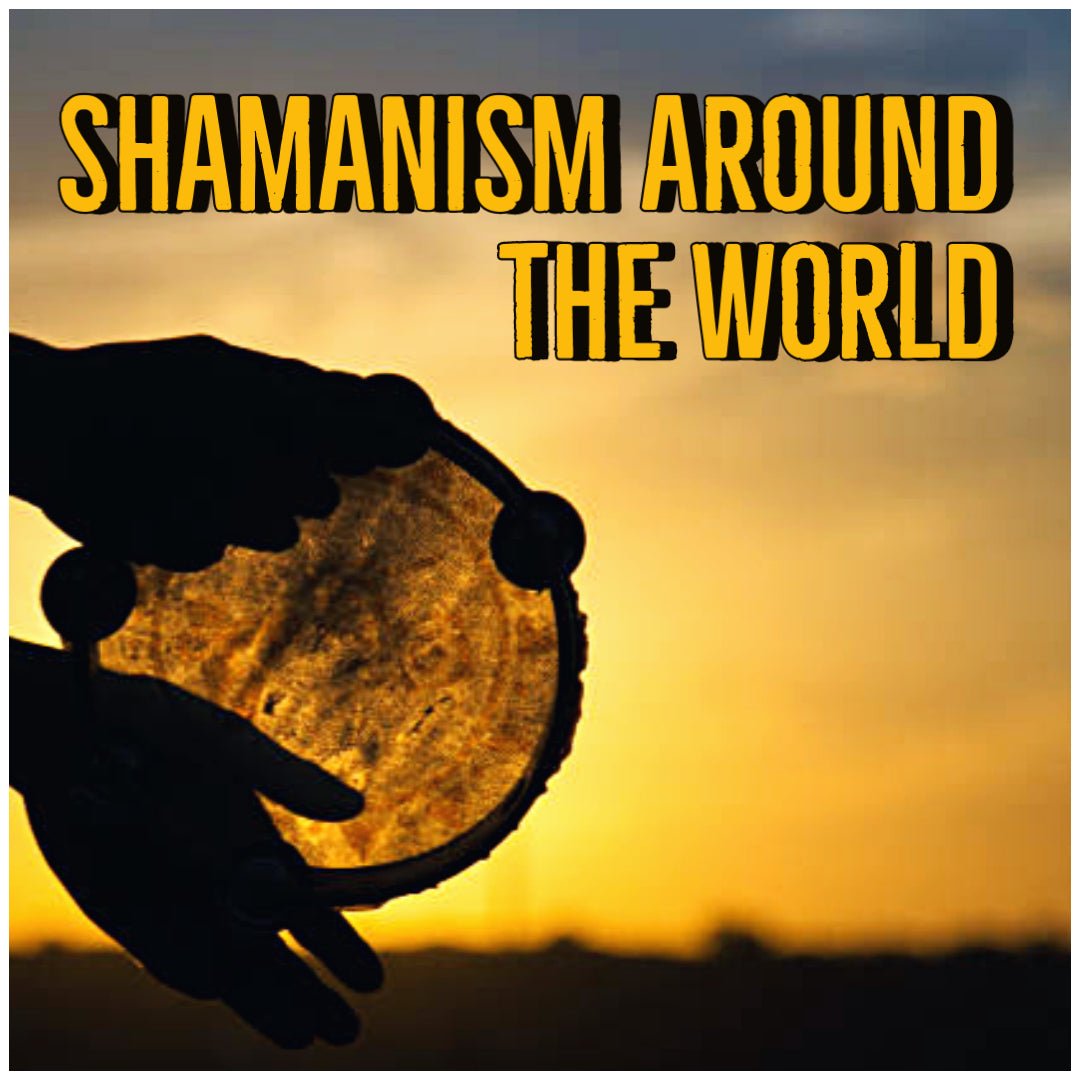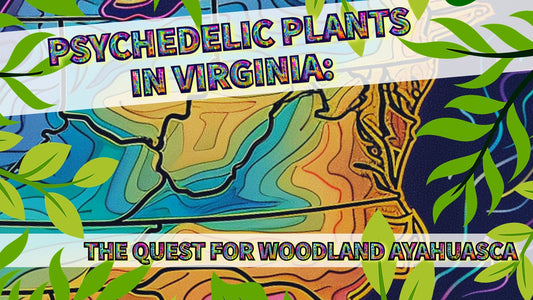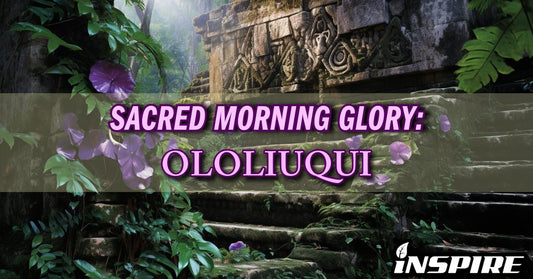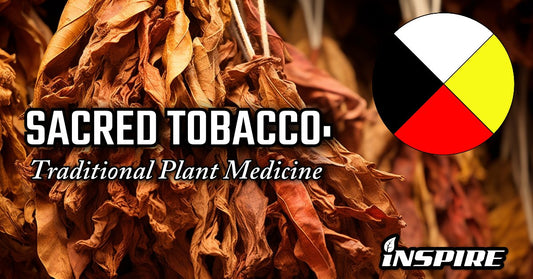Written By: Zach Champ,
Connect with me on LinkedIn!
![]()
WHAT IS SHAMANISM?
Shamanism is one of the world’s most ancient spiritual traditions. Found in cultures all over the world, the tradition of the Shaman is enchanting and mysterious. From the Native American medicine man to the voodoo sorceress to the traditional healers and diviners of Siberia, Shamanism is a human heritage deeply rooted in our most ancient beliefs and practices.
There are traits common to all Shamanistic practices, and the most important characteristic perhaps is the theme of Initiation. The Shaman is an individual who holds a special place within their societies.

As a result, the base of their knowledge in skills such as herbal medicine, divination, rituals, understanding of the ecstatic state of consciousness, interacting with the spirits, and so on was reserved for only chosen individuals. Those who wished to become Shamans had to be carefully vetted, challenged, and gradually introduced within Shamanic Society.
Shamans were well respected and revered within their communities. They would help community members with a variety of problems. In modern terms, the Shaman would be like a doctor, counselor, pastor, and a lawyer all in one.
Shamans would be responsible for conducting rituals and ceremonies on important holidays and occasions in order to secure the blessing of the ancestors and the spiritual world.

This could be for agricultural harvest, hunts, births, courtship ceremonies, coming of age for men, or funerals. These ceremonies and rituals were taken very seriously by community members, and failure to uphold these ceremonies and rituals was considered to be bad luck and asking for trouble.
Almost all Shamanistic practices around the world involve the use of music. Music is a great tool for the Shaman to help induce ecstatic states of consciousness needed for the Shaman to access their visionary trances.
The key musical instruments and tools of the Shaman include the drum and the rattle. The rhythmic sounds and movements drums can provide make them especially well-suited for ritualism and inducing trance states of consciousness.
In addition to drums, rattles are also important shamanic musical tools. The rattle allows Shamans to resonate and reverberate their prayers and songs to the spiritual realm and the heavens. The rattle gives voice to once silent objects such as the seed or animal shell.
In many cultures’ rattles are considered protective because of their spiritual qualities and are given to infants to watch over and safeguard them. This tradition can even still be found today in modern America, although few may realize its deep origins!
One of the key duties and responsibilities of the Shaman is that they must travel to the Spiritual World or other unseen spaces. This is done so the Shaman can gain knowledge and information for use in the material world by communicating with spirits.
To the Shaman, the world is filled with the presence of other than human ‘persons’ or spiritual entities. These spiritual entities are natural and can take many forms such as the spirit of a tree, the spirit of a stream, the spirit of a forest, etc. Humans sometimes need to seek knowledge from these entities because we are limited and weak. Other times we accidentally offend these persons (the spirits are a people!) via our actions and behaviors and we need proper ceremony and mediation to restore relations and respect with these forces. These ideas and practices are referred to broadly as animism.
In their practices and works, Shamans don’t just communicate with nature spirits, but they also help individuals connect with their ancestral past by bringing individuals face to face with their ancestral spirits.
![]()
THE VARIOUS SHAMANISTIC TRADITIONS AROUND THE WORLD:
SHAMANISM IN AFRICA
The many proud cultures and peoples of Africa are host to an assortment of fantastic and wonderful shamanistic traditions. In Southern Africa, there are the Sangomas, traditional healers of the Ndebele, Swazi, Xhosa, and Zulu peoples. These healers are highly respected community leaders that often practice specialized forms of divination and herbal medicine, which is passed down from generation to generation. Sangomas will utilize animal parts, herbs, and other natural objects in special spiritual medicines called Muti. The use of ritual objects and special ritualistic procedures allows the Sangoma to engage in communication with the spirits and ancestors, and to secure their blessing and favor for the community. Ancestor worship plays a huge and important role in these cultures, and Sangomas will frequently consult the wisdom of the ancestors in their practices, whether indirectly through the transmission of spoken knowledge or directly through channeling the ancestor’s spirit.
In West Africa, another similar shamanistic tradition is practiced by Babongo, Fang, and Mitsogo indigenous peoples. All of these people are considered part of the larger Bantu ethnic group and live in the dense forest of Gabon, Cameron, Congo, and Zaire. They are members of a religious sect that is known as Bwiti, which roughly translates into the phrase “Dead Ancestor”. Bwiti is the official religion of Gabon, and is an influential part of the local Gabonese culture, but also has spread and gained popularity in the rest of equatorial Africa. Practitioners of the Bwiti faith consume the entheogenic sacrament Iboga (Tabernanthe iboga) which contains the potent psychedelic compound Ibogaine. Iboga is a perennial jungle shrub with orange colored fruit. The inner root bark is used in Bwiti as a psychedelic dissociative for use in complex sacred initiation ceremonies and rites of passage such as when the adolescent enters adulthood.
Another shamanistic tradition found in Africa is the practices of the Yoruba peoples. The Yoruba are a unique cultural and language group in West Africa. Yoruba peoples live in Nigeria, Benin, and Togo. The Yoruba religion features a complex cosmology that is richly filled with the presence of other than human spirits as well as a single ultimate creator God. The Yoruba faith recognizes the existence of a God-like figure called Olodumare which is the primary force of creation and existence. They also recognize the existence of lesser divine beings called the Orishas. The Orishas include Orunmila, Esu, Ogun, Yemoja, Oshun, Shango, and Oya all which are considered to be influential and powerful deities. The Yoruba people are firm believers of reincarnation calling it Atunwa. In their view, reincarnation occurs among ancestral lineages, and it is common for newborns to have the qualities and characteristics of their grandparents, with the belief being they are those individuals reincarnated.
SHAMANISM IN EUROPE
One of the earliest Shamanistic traditions were the Bear Cave Cults of Paleolithic Europe.
Cave Paintings found in Lascaux; France reveals the influence of shamanistic concepts to early primitive peoples in Europe.
A Herd of Animals Depicted in Lascaux Cave Art
Surely one of the earliest forms of magic and ceremony would have been for hunting. Magic would be used to ensure the success of hunting parties in the vital and critical task of successfully bringing back food for the tribe/family. In fact, most of the Paleolithic cave art paintings depict animals being hunted, or killed, or in their natural habitats, showing the importance of this activity to these people and their culture. The hunt was everything to Paleolithic peoples!
Depictions of Hunting Tell Us About the Focus of Paleolithic Society & Peoples
One of the more bizarre practices of paleolithic peoples actually helped contribute to the cultivation of their shamanistic practices. Usually, after hunting and killing a wild animal, the hunters would often crack open the skull of the animal and eat the brain matter. This resulted in a uniquely profound spiritual experience due to the accumulated number of neurotransmitters such as dopamine, adrenaline, serotonin from when the animal was chased and hunted and killed. It was from this practice that Paleolithic peoples first learned how to alter states of consciousness from the consumption of the hunted animal’s brain and blood matter. In many ways literally and spiritually this was the spirit of the animal being imbued within the hunter and the shaman. This is the origin of the Bear Cave cults which are one of the oldest shamanistic practices.
One of the oldest depictions of a spiritual being in the historical record
SHAMANISM IN ASIA
The word Shaman comes from an indigenous Siberian language. The shaman serves as an intermediary between the human world and the spiritual world, usually with the aid of helper spirits. These helper spirits come in many shapes and forms. The shaman performs important ceremonies and rituals to help heal sick and injured community members, bless and bring the favor of the spirits for important events. The key to these rituals and ceremonies is the Shamans efforts to transcend normal states of consciousness and to acquire altered states of awareness.
Shamans rely on rhythmic and trance-inducing behaviors such as singing, chanting, dancing, as well as through fasting, prayer, and meditation. All Shamanic ceremonies and rituals incorporate the use of music and instruments to help facilitate the experience. It is common for Shamans to mimic the sounds of animals and nature in their songs and music. These sounds help the Shamans connect with the spiritual world which is associated with nature and the cosmos.
When the Shaman access these altered states of awareness, they are able to go on spiritual journeys where their soul takes flight.
In Asia, there are various forms of shamanism found in the different regional religions and spiritual practices.
In Japan, there is the Shinto Faith, which translates into ‘Way of the Gods’. Followers of the Shinto faith believe in the presence of spirits known as Kami which inhabit landscapes and living things.
Japan is unique in that it is home to its own indigenous group of native peoples who are not influenced by the religion and culture of mainland China. These are the Ainu peoples. The Ainu practice an animistic and shamanistic based faith that centers around the worship of Bears which are considered sacred and archetypal animals for their culture. There are many similarities between the Ainu people’s faith and the spiritual traditions found in Siberia, indicating that there may be a shared common ancestry of these peoples.
Perhaps the most well-known example of Asian shamanic traditions is Mongolian Shamanism also known as Tengerism.
NATIVE AMERICAN MEDICINE MEN
There are many examples of shamanistic like practices that can be found in cultures all over the world. Perhaps the most similar tradition is those of the Native Medicine Men found in North America and South America.
In North America, there are hundreds of different tribes, each with their own unique culture, language, and spiritual practices. In general, the medicine man is an important member of tribal society, and they provide the community role of healer, therapist, and divine spiritual communicator.
The medicine man provides their services in exchange for offerings usually in maize, tobacco, cocoa, coffee, and other sacred crops. Offerings nourish the Earth and the spirits and provide the medicine man the opportunity to show gratitude from the community towards the great mother.
This is usually done with medicine walks to special sacred spots located deep in the wilderness. These sacred spots could be mountains, rivers, streams, or even a unique rock. Here the offerings are left and prayers are made to solicit blessings.
Medicine men help conduct important annual ceremonies and rituals such as the Sun Dance which is a sacred ceremony performed by Lakota (Sioux) peoples.
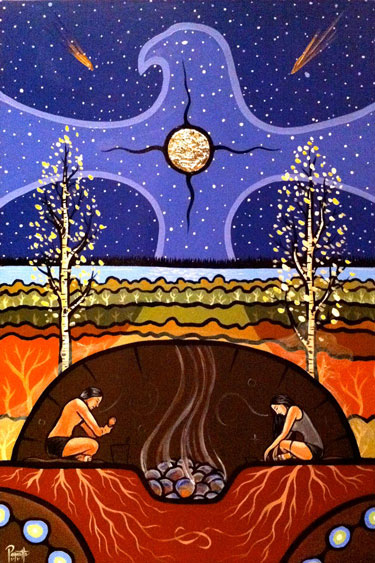
Medicine Men also help with the construction and the ceremony of Sweat Lodges.
The Medicine Man or Medicine Woman always carries a sacred bundle which contains their healing instruments and healing tools.
The Native American Medicine Men is a key figure of Native society as mentioned before and helps perform many important functions including as healer, spiritual leader, and as master storyteller. Storytelling is an essential part of Native American culture (as it is with many cultures around the world). Stories are passed down through spoken word from one generation to the next. These myths and stories that are recited contain the ancient teaching, knowledge, and wisdom of the ancestors and are designed so that they instruct the people on important spiritual and moral/ethical lessons.
Peyote comes from the Nahuatl word peyotl which is the indigenous and popular name for a cactus that grows in the deserts of the American Southwest and Mexico.
The small buttons or premature sprouts of the cactus are a powerful visionary entheogenic substance that can induce mystical visions. The native Huichol people of Mexico make an annual sacred pilgrimage to harvest this special plant medicine.
The cactus is so important to the Huichol people, that they make beautiful yarn tapestries to depict the significant visions from their Peyote rituals and ceremonies. To them and many other tribal groups that use Peyote, it is important for maintaining the balance between the spirits and humans.
In South America, hidden in the jungles of the Amazon rain forest are the extraordinary and ancient Ayahuasca cults. Ayahuasca is a special combination of jungle plants that are brewed to produce a psychoactive effect from the presence of DMT and beta-carbolines compounds in the plants. The consumption of both substances at the same time produces an intense visionary experience that lasts hours and includes vomiting and sweating as part of its detoxing and purifying effects.
During the Ayahuasca ritual, the Ayahuascero uses special songs and chants known as Icaros to help interact and facilitate the visionary experience. Music helps drive and enhance the ritualism and allows for deeper exploration of the Spiritual World the participant travels to. Drinking the ayahuasca brew can lead to one seeing the spiritual realm and interacting with all types of entities. It can make you relive past memories. It can connect you with the dead. The ayahuasca experience is horrifying in many regards and not something to be taken lightly or with bemusement. It is a crucible, for facing your fears and the unseen.
While the participant of an ayahuasca ceremony may feel extremely uncomfortable at times, they are never truly in harm’s way, as long as they are under the proper care of a wise healer and Ayahuascero. After the experience, the participant of the ceremony always feels relieved and refreshed and walks away with a deep and profound understanding of themselves. They are reconnected with the root of life, and past traumas and anxieties often can be overcome. This is not only the work of the plant medicine but also the ability of the Ayahuascero shaman to protect and guide the individual through these challenging ordeals.
![]()
SHAMANISM IN THE MODERN ERA
With the advent of advanced technology like artificial intelligence, neural networks, machine learning algorithms, as well as robotics who is to say that we are not entering an era of digital shamanism? Techno-shamanism has become a growing and popular trend, especially in part because of Hollywood movies like the Matrix, Blade Runner, and the books of authors like Phillip K Dick. Perhaps the most relevant question to the idea of techno-shamanism would be whether artificial intelligence is a form of man-made consciousness? If so, then would this make AI akin to the nature spirits of the past… is Siri not the spirit of the iPhone?
As AI begins to grow and become more aware, and as the internet spreads with the introduction of 5G networks and the internet of things, who’s not to say that Cyberspace is now truly an expanse to be explored! What will achieve in this ‘Cyberia’? The way we explore cyberspace is like a shaman’s interactions in the spiritual world. The hackers and software developers, as well as the data analyst and other types of technicians who are leading the charge of the technological era, are the modern-day Shaman embodied!
One of the other rather stunning manifestations of shamanistic practices and methods in the modern era is the emergence of electronic dance music and the rave movement. Combining the ecstatic power of dance with the heavy hitting hypnotic basslines and beats of genres like trance and techno, the rave is the modern-day mystery cult in many ways.

In an ironic twist, the war on drugs has actually caused the public to take much more interest in drugs and their curious influence on conscious states. Popular culture is fascinated with drugs and this has led to the widespread use of psychoactive substances.
With the spread of drug culture comes the associated understanding and teachings of certain substances, primarily natural plant-based compounds as being entheogenic tools for indigenous peoples. Exposure to these teachings has resulted in the development of neo-shamanistic practices!
Here the ancient past meets the future and results in an interesting blend of scientific perspective and spiritual appreciation.

